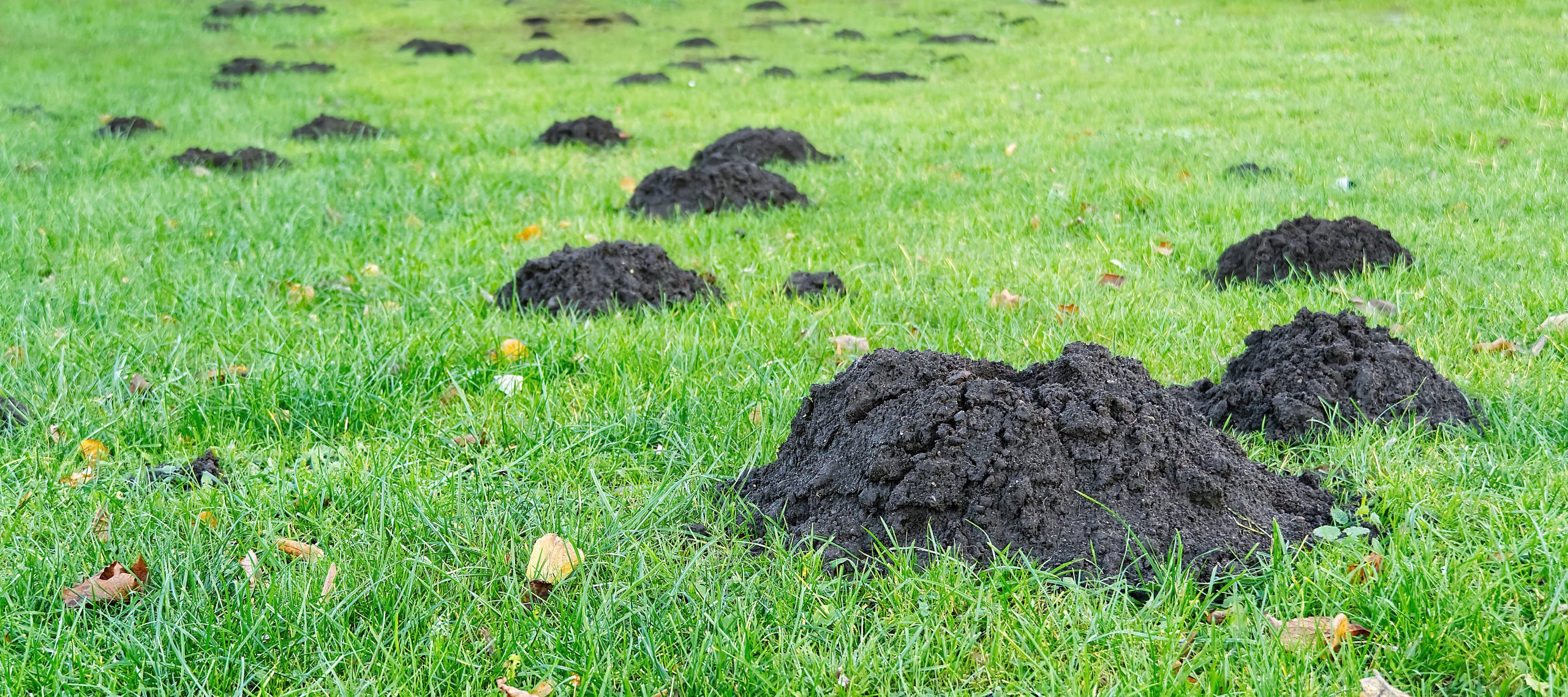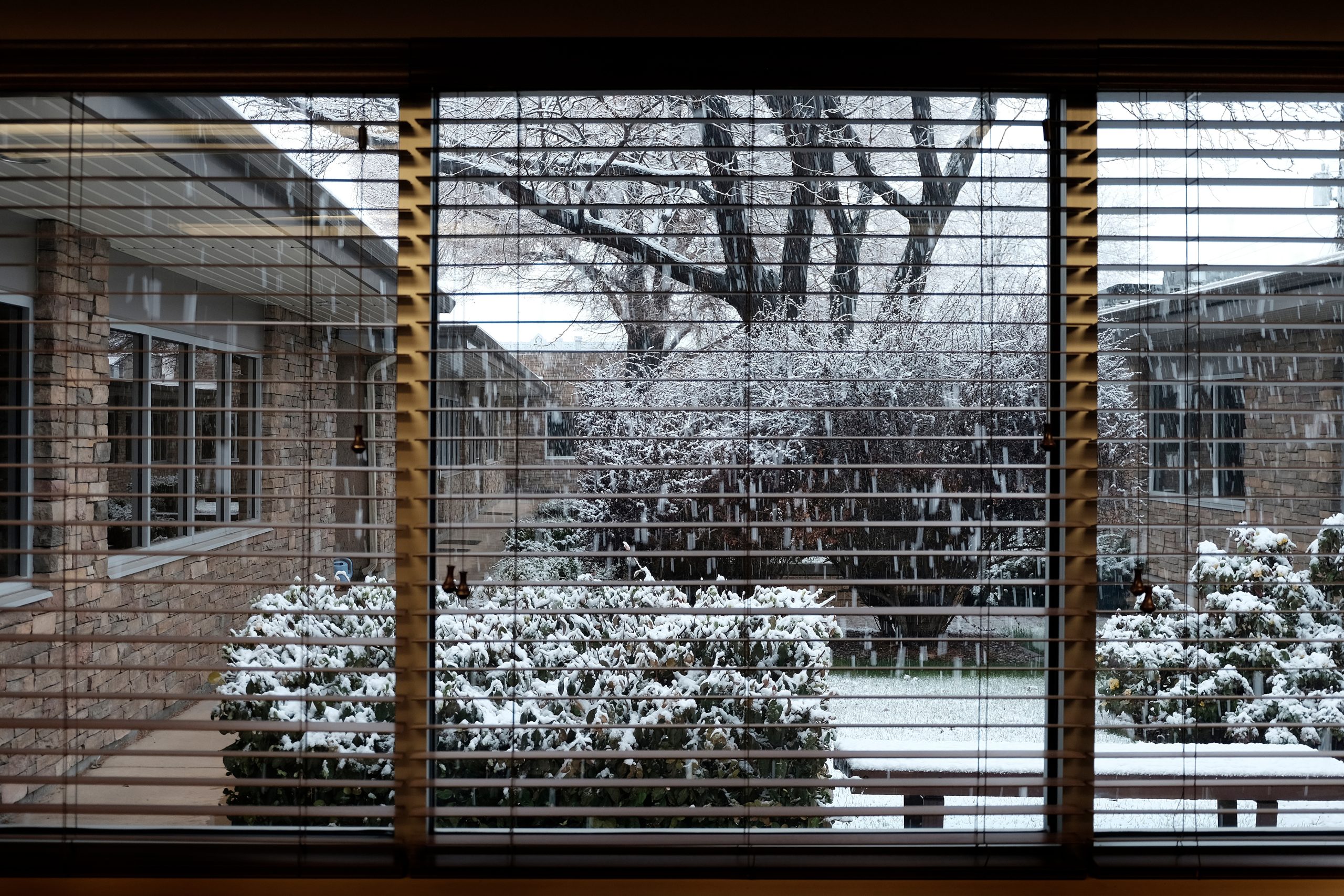Springtime is upon us. Warmer temperatures and plentiful rain showers transform landscapes into vibrant colors, fill the air with pleasant aromas, and green up our lawns. We know the old saying: April showers bring May mole activity! Wait, what? All those wonderful spring images were just ruined by thoughts of these furry, hairy, ugly creatures that destroy our lawns seemingly overnight. However, with a little knowledge, discussion, and planning, we can finally combat our mole foe and keep lawns and landscapes in perfect spring shape.
Let’s start with some quick biology. Moles are insectivores that eat over 70% of their body weight every day. While many think grubs are moles’ primary food source, this is not the case; Earthworms are their primary food source. Using a keen sense of smell and touch, moles tunnel through the soil in search of their prey. Tunneling systems can expand as much as 160 linear feet per night. Contrary to popular thought, moles also don’t hibernate. Their metabolism and respiration slow, allowing them to burrow deeper and feed less during the winter season.
While there are seven types of moles in the United States, we commonly only run into one or two species: the eastern mole or the star-nosed mole. Since moles stay tunneled in the ground, identification is generally done by associating the tunnel system present with the accompanying mole. Eastern moles generally travel in horizontal tunnels at the surface of the soil. There will be “main highways” and then “exit tunnels” that branch off of these highways for food exploration. star-nosed moles tunnel in vertical shafts pushing soil to the top of the surface, creating “volcano” mounds.
Once the tunneling system is identified, there are a variety of control methods to choose from. Consider one of the options below based on the type of tunnel structure, the environment present, the amount of time available for eradication, and, as always, the budget. Keep in mind that a mole’s primary food source is earthworms, not grubs, so be wary of mole control products that center around grubs.
Lethal Control Methods
- Poisonous gummy worms, like Talpirid, mimic earthworms—a mole’s primary food source—can be inserted into the tunnel system at various points.
- Mechanical “scissor” or “belly” traps can be placed across the tunnel with a soil trigger. As the mole pushes up the soil, the trap is triggered and the scissor action stops the mole in its tracks.
- Gaseous products can be used to fill tunnel chambers with lethal fumes, eliminating moles within a few minutes.
Non-Lethal Control Methods
- Repellents made of various oils can be spread across the turf surface. After being watered into the soil, they irritate moles’ sensitive olfactory systems, driving them away from your manicured areas.
- Earthworm control products like CastAway DG can reduce surface earthworms while driving other subsurface earthworms deeper into the soil. This requires moles to tunnel further down in search of food, minimizing surface disruption.
If you want some advice on how to finally control those stubborn moles—whether on your client’s property or even your own backyard—feel free to reach out to your local ATS representative. We’ll help you assess the property and draft a successful plan of attack so you can get back to enjoying the May flowers after the April showers.












